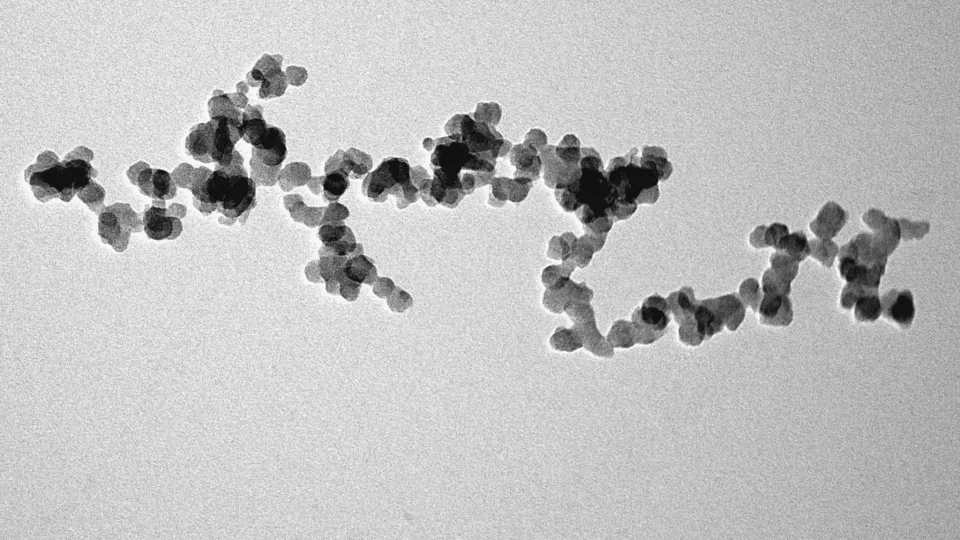Raman spectroscopy (RS) is a powerful technique widely used to characterize soot structures thanks to the resonant Raman effect. However, this technique often requires thick samples to gain the Raman signals and to prevent interfering signals from the substrates.
Immature soot produced from combustion processes and atmospheric soot have very low concentration that require a more sensitive technique. SERS is a promising technique as the inelastic light scattering by molecules may be enhanced by factors up to 108. Our ambition is to combine SERS and Resonant RS on characterizing soot. We aim at discovering Raman fingerprints of soot using SERS and making a significant SERS application on soot studies.
Work description
The master thesis work includes experiments in the lab and data analysis. The student will learn Raman spectroscopy including SERS and Resonant RS. The methods will be used in studying soot. After the thesis, the student is expected to have deep knowledge on RS, enable to construct a Raman spectrometer, and apply it in characterizing various samples including soot. The student is required to have basic background on laser, optics and programming knowledge.
Contact
Kim-Cuong Le, BUL/Asst. Professor
Combustion Physics, room E430
Email: thi_kim [dot] cuong_le [at] forbrf [dot] lth [dot] se (thi_kim[dot]cuong_le[at]forbrf[dot]lth[dot]se)


